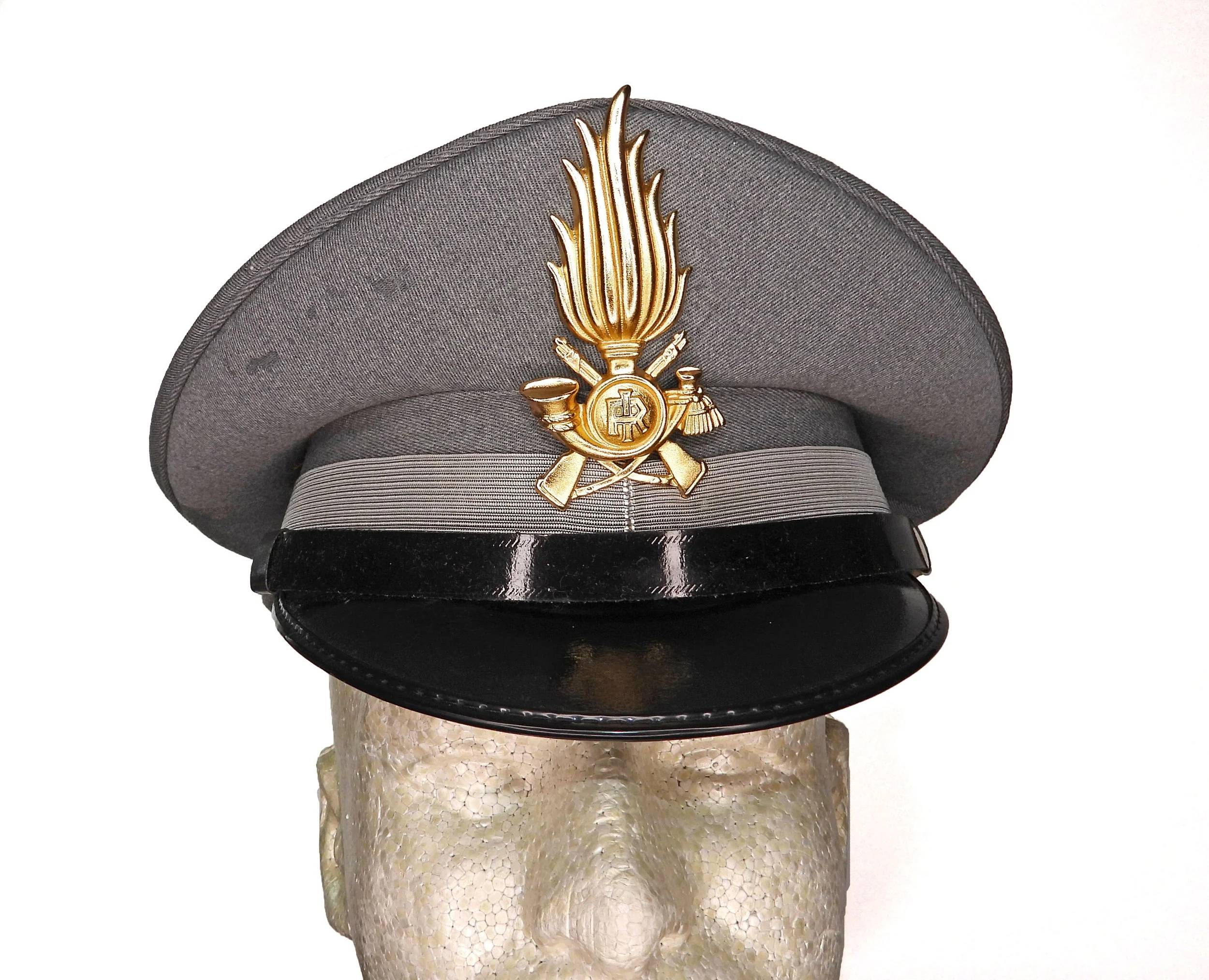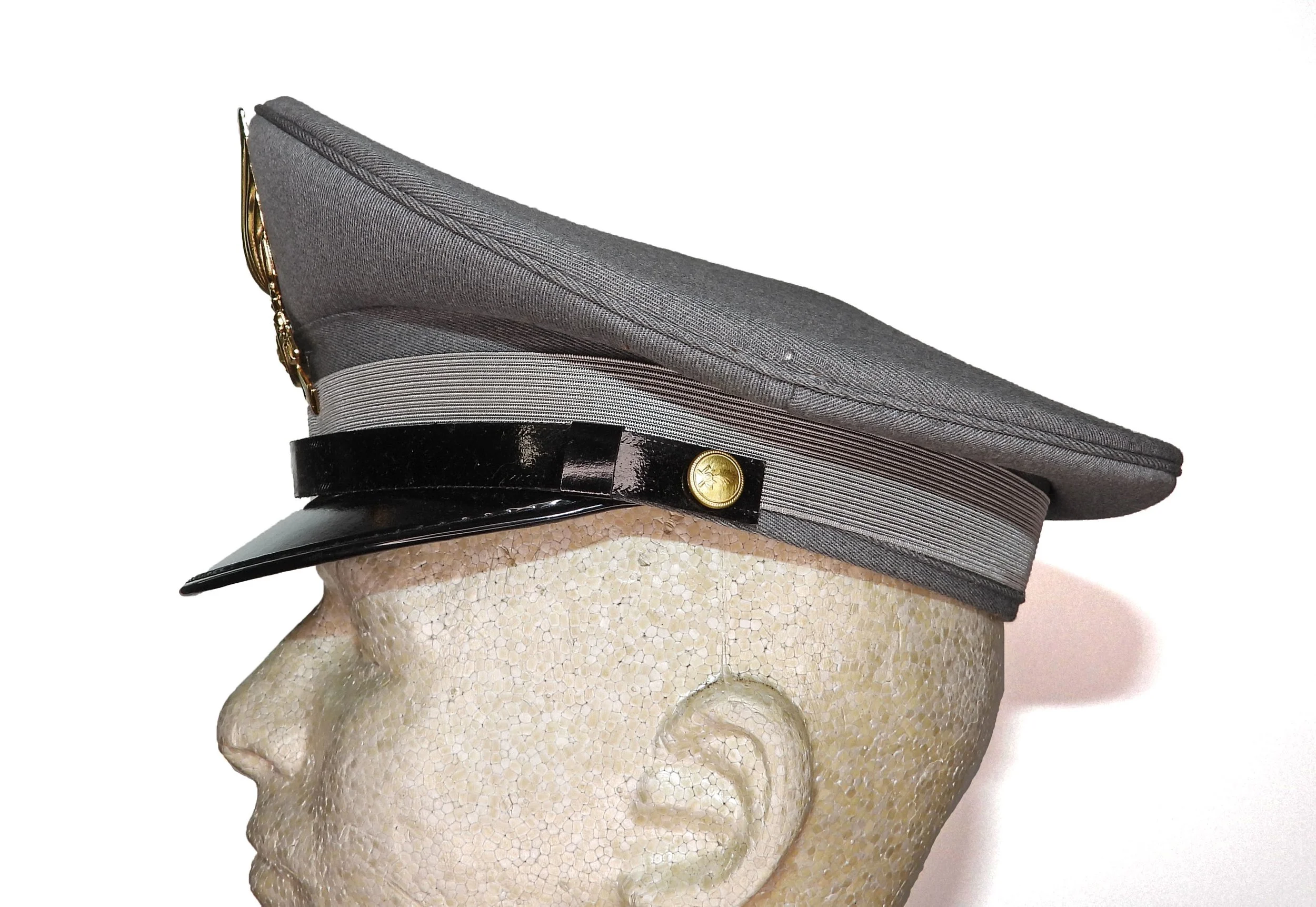For many years, British Army units undertook their own signaling duties.
The first professional body of signalers arose in 1870, when Captain Montague Lambert formed 'C' Telegraph Troop within the Royal Engineers.
A Corps of Signals was established on 28 June 1920 and six weeks later, King George V conferred the title Royal Corps of Signals.
The Royal Corps of Signals (known as the Royal Signals – abbreviated to R SIGNALS) is one of the combat support arms of the British Army.
Signals units are among the first into action, providing the battlefield communications and information systems essential to all operations.
Royal Signals units provide the full telecommunications infrastructure for the Army wherever they operate in the world.
The Corps has its own engineers, logistics experts and systems operators to run radio and area networks in the field.
It is responsible for installing, maintaining and operating all types of telecommunications equipment and information systems, providing command support to commanders and their headquarters, and conducting electronic warfare against enemy communications.
The badge of the Royal Corps of Signals depicts Mercury, the winged messenger of the gods, holding a caduceus (herald's staff) in his left hand, while balancing on a globe.
In 1947, the motto of the Corps, 'Certa Cito', meaning 'Swift and Sure', was included in this new badge design.
Mercury (Latin: Mercurius), is referred to by members of the corps as "Jimmy". The origins of this nickname are unclear. According to one explanation, the badge is referred to as "Jimmy" because the image of Mercury was based on the late medieval bronze statue by the Italian sculptor Giambologna, and shortening his name over time reduced it to "Jimmy". The most widely accepted origin is a Royal Signals boxer, Jimmy Emblen, who was the British Army Champion in 1924 and represented the Royal Corps of Signals from 1921 to 1924.















